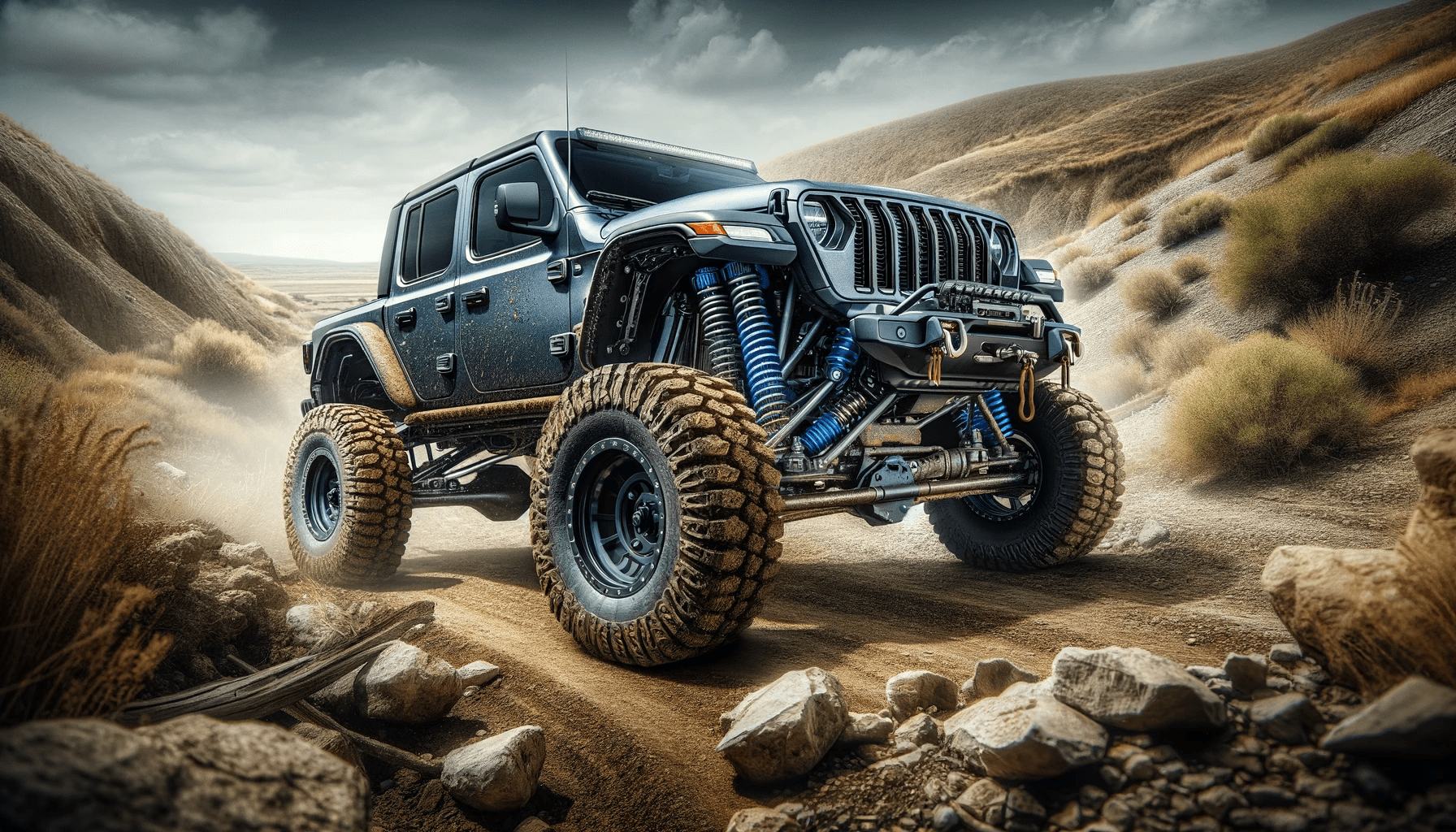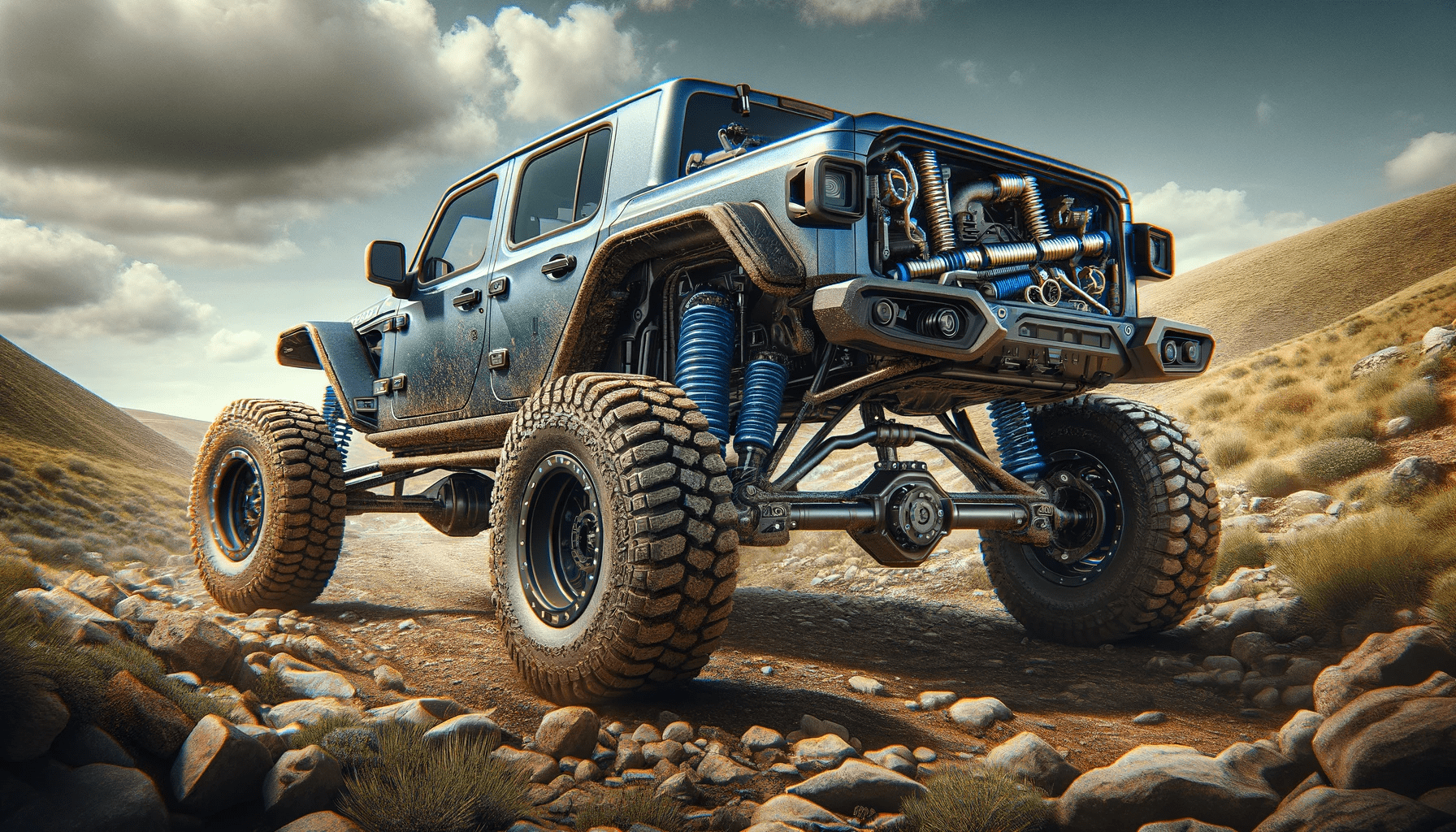Key Takeaways
- Purpose: Lowering improves handling; lifting enhances off-road capability.
- Benefits: Lowering for aerodynamics and cornering, lifting for ground clearance and off-road prowess.
- Impact on Ride Quality: Lowering can stiffen the ride; lifting may affect stability.
- Vehicle Suitability: Sports cars often benefit from lowering; SUVs and trucks are prime candidates for lifting.
- Considerations: Alignment, tire wear, and overall vehicle balance are crucial.
Choosing between lowering and lifting your vehicle’s suspension is a critical decision that hinges on your driving needs and preferences. Both modifications have distinct advantages and purposes, catering to different aspects of vehicle performance and utility.

Lowering: Enhancing Performance and Aesthetics
Lowering a vehicle involves reducing its ride height, often through modifications like coilovers or lowering springs.
Advantages of Lowering
- Improved Handling and Aerodynamics: A lower center of gravity reduces body roll in corners, enhancing handling.
- Aesthetic Appeal: A lowered stance often gives vehicles a more aggressive, sporty look.
Considerations for Lowering
- Ride Comfort: A lower suspension can lead to a firmer ride.
- Ground Clearance: Reduced clearance can be a problem on uneven roads.
Lifting: Ready for Off-Road Adventure
Lifting a vehicle increases its ride height, typically seen in SUVs and trucks. This modification is ideal for off-road enthusiasts or drivers who need additional ground clearance.

Advantages of Lifting
- Increased Ground Clearance: Essential for off-road terrain.
- Enhanced Visibility: Higher seating position offers better visibility.
Considerations for Lifting
- Stability: A higher center of gravity can affect the vehicle’s stability.
- Fuel Efficiency: Increased wind resistance can reduce fuel efficiency.
Comparison Table: Lowering vs. Lifting
| Aspect | Lowering | Lifting |
|---|---|---|
| Purpose | Enhances handling and aerodynamics. | Improves off-road capability and ground clearance. |
| Benefits | Improved cornering, reduced drag, sporty look. | Better off-road navigation, increased visibility. |
| Impact on Ride | Firmer ride due to reduced suspension travel. | Potentially less stable, especially at high speeds. |
| Vehicle Suitability | Ideal for sports cars and performance vehicles. | Best for SUVs, trucks, and off-road vehicles. |
| Additional Mods | Often accompanied by performance shock absorbers | May require upgrades like best shocks for Ford F150 4×4 |
Q&A Section: Lowering vs. Lifting Your Vehicle’s Suspension
Q1: What are the primary benefits of lowering a vehicle’s suspension?
A1: Lowering a vehicle’s suspension mainly enhances handling and aerodynamics. It reduces body roll in corners, improves cornering speed, and can also give the car a more aggressive, sporty appearance. However, it can result in a firmer ride and reduced ground clearance.
Q2: How does lifting a vehicle’s suspension improve off-road performance?
A2: Lifting a vehicle increases ground clearance, which is crucial for navigating over obstacles encountered in off-road environments. It also offers a higher vantage point for better visibility. However, it can affect the vehicle’s stability due to a higher center of gravity and may lead to reduced fuel efficiency.
Q3: Can lifting or lowering a vehicle affect tire wear?
A3: Yes, both modifications can affect tire wear. Lowering a vehicle can lead to increased wear on the inside edge of the tires if not properly aligned. Lifting, especially if done excessively, can cause uneven tire wear due to changes in the vehicle’s suspension geometry.
Q4: Are there specific types of vehicles that benefit more from lowering?
A4: Sports cars and performance vehicles typically benefit the most from lowering. These vehicles are designed to maximize handling and speed on paved surfaces, where a lower center of gravity can significantly improve performance.
Q5: What are some considerations to keep in mind when lifting a truck or SUV?
A5: When lifting a truck or SUV, it’s important to consider the impact on stability and handling, as a higher center of gravity can make the vehicle less stable, especially at higher speeds. Additionally, consider the need for complementary modifications like upgraded shocks, such as those found in the Best Shocks for Ford F150 4×4, to support the new suspension setup.
Q6: Is it possible to achieve both improved off-road capability and good on-road handling?
A6: Achieving a balance between off-road capability and on-road handling can be challenging but possible with the right modifications. Adjustable suspension systems, such as coilovers, can offer a compromise, allowing for height adjustments according to the driving conditions.
Q7: How does suspension modification impact a vehicle’s warranty?
A7: Suspension modifications can potentially impact a vehicle’s warranty. It’s important to check with the manufacturer or dealer to understand how such changes might affect the warranty coverage.
Conclusion on lowering vs lifting
Whether to lower or lift your vehicle depends on your driving needs and aesthetic preferences. Lowering is key for those prioritizing speed and handling, especially on smooth roads, while lifting is ideal for off-road enthusiasts or those who face rugged terrain. Understanding the pros and cons of each will guide you to make the best choice for your vehicle. For more detailed insights on suspension modifications, visit Basics of Suspension Mods and explore additional upgrades like air suspension benefits or anti-roll bar upgrades.